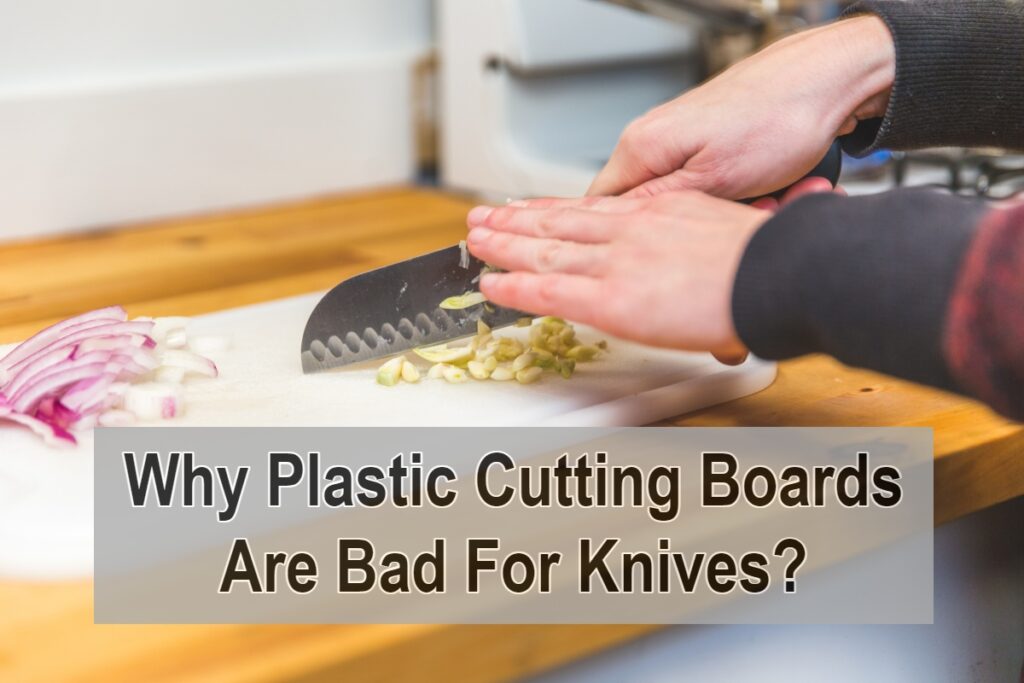When it comes to culinary endeavors, few tools are as essential as a good knife. The right cut can enhance flavor, texture, and presentation, while a dull blade can ruin even the finest ingredients. However, how and where you use your knives can significantly impact their longevity and performance. This brings us to the crux of our discussion: are metal cutting boards detrimental to your knives? Let’s slice through the details.
The Basics of Cutting Boards
Cutting boards come in various materials, including wood, plastic, glass, and metal. Each has its advantages and drawbacks, depending largely on the intended use. Wood boards are revered for their knife-friendly surface and antibacterial properties. Plastic boards are versatile and easy to clean. Glass boards shine aesthetically but can be harsh on blades. And then, we encounter metal boards, which have garnered attention for their durability and modern appearance.
The Appeal of Metal Cutting Boards
Metal cutting boards, often made from stainless steel or aluminum, are gaining traction in kitchens for their sleek aesthetics and resistance to warping, chipping, or absorbing odors. They are also non-porous, making them less likely to harbor bacteria. Chefs who prioritize sanitation may appreciate these characteristics, particularly in high-volume environments where hygiene is paramount.
The Trade-offs of Metal Cutting Boards
However, the allure of metal cutting boards comes at a price—specifically, the price of your knife’s edge. One of the primary concerns with metal surfaces is their hardness. While a sturdy cutting surface can be beneficial in many respects, it poses a formidable challenge for knife blades. Metal boards can dull knives more quickly than softer alternatives due to their rigid nature. Over time, even the finest steel may succumb to micro-chipping and overall dullness.
Different Types of Knives and Their Vulnerabilities
The impact of metal cutting boards on knives varies depending on the type of blade in question. For example, chef’s knives and paring knives, typically forged from high-carbon stainless steel, are particularly vulnerable. These knives rely on fine edges that can easily be compromised by abrasive surfaces. Conversely, some commercial-grade knives designed for heavy-duty use might withstand metal cutting boards better, but even these can degrade over time.
Blade Maintenance: The Price of Convenience
Using metal boards inevitably introduces a higher maintenance requirement for your knives. If one opts to use these surfaces, frequent honing and professional sharpening become essential. The cost of maintaining your knives can offset any initial savings or convenience provided by a metal board. Thus, it’s vital to balance the benefits of a sanitary and durable cutting surface against the long-term implications on your knife investment.
Chef’s Tips for Safe Cutting Board Practices
If you choose to integrate a metal cutting board into your kitchen, certain practices can help mitigate some of the potential damage to your knives. Here are some culinary tips:
- Use a Soft Cutting Surface: Place a softer material, such as a silicone mat or a cloth, on top of the metal board to create a more knife-friendly environment.
- Limit Use: Reserve metal cutting boards for specific tasks, like cutting raw meats or vegetables that require cleaning and sanitization, rather than for everything.
- Regular Maintenance: Invest in a quality honing rod to maintain your knife’s edge during routine use. Regular professional sharpening can also extend the lifespan of your blades.
- Mind Your Techniques: Employ proper cutting techniques that minimize pressure on the knife’s edge. Use a gentle rocking motion rather than pressing down hard.
Alternatives to Consider
If the thought of metal cutting boards leaves you with apprehension about your knives’ condition, you might want to explore other materials that provide a happy medium between durability and knife preservation. Bamboo boards, regarded for their sustainability and resilience, offer a gentler surface for blades. Meanwhile, high-density polyethylene (plastic) boards can provide the ease of cleaning and durability without the harshness of metal.
The Bottom Line
In the culinary world, the relationship between your knives and your cutting board is fundamental. While metal cutting boards present a series of benefits, including durability and sanitation, the potential for blade damage cannot be overlooked. Weight the pros and cons carefully, and perhaps establish a diverse cutting board lineup that meets the needs of various tasks while preserving the longevity of your prized knives. In the end, a well-maintained knife will serve you far better than a dull blade, regardless of the surface upon which it is used.
By fostering an ecosystem of care for your essential kitchen tools, you ensure that every cut you make is precise, clean, and elevates your culinary creations to new heights. Happy cooking!
